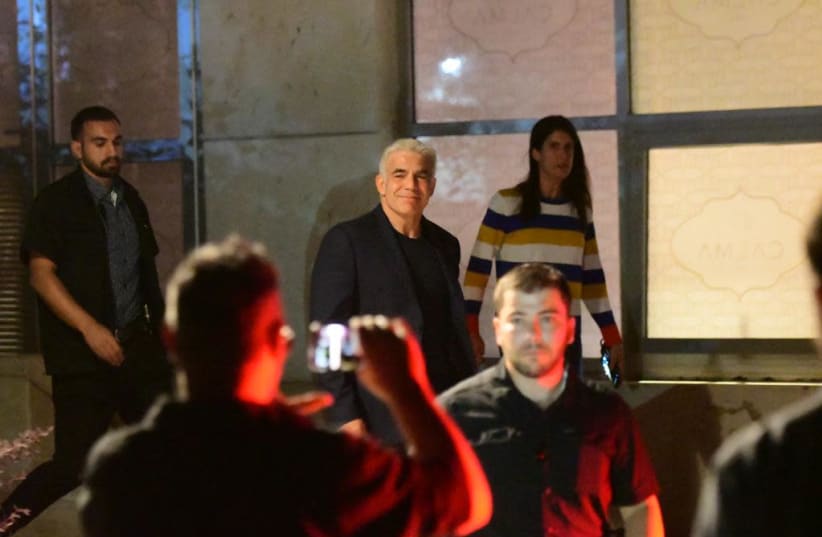Hate can motivate a movement and it can mold a campaign. It is a vehicle that drives people to vote, and drives people to respond. Hate galvanizes. It unites people who would never otherwise be united.
Much like the most recent presidential election in the United States, in which Trump was booted out and replaced with Biden, the coalition formed as a result of the last election in Israel and that wants no part of Benjamin Netanyahu, was propelled by hate – not values, not conviction, certainly not party lines, just pure, unadulterated hate. The famous words of Machiavelli rang true throughout the Knesset halls, “The enemy of my enemy is my friend”.
How long, I wonder, can that emotion, that hate, sustain a group of disparate politicians? How long can a group of people cobbled together because of shared hatred rather than shared objectives remain united once their goal – in this case the removal of Netanyahu, has been achieved? Will there be anything else they can agree on? Is there anything else they can share?
Hate requires a lot of energy. It runs on copious amounts of adrenaline. It clouds one’s judgment. Hate may sway votes, but it is no way to run a government and lead a country.
The danger in using hate as a political vehicle is that hate is not a political platform. It is not a policy. It is not a philosophy.
In the US election, the Biden campaign took the shape of “anyone but Trump.” It was very effective as a campaign. The movement created a huge groundswell and took off like gangbusters. The polling numbers were clear. Many of the votes cast were not pro-Biden votes; they were anti-Trump votes. The battle cry of “Come out and defeat Trump” is what handed the presidency to Biden.
In Israel, that similar type of battle cry is what motivated party leaders. The result is one of the most mismatched coalitions in the history of the country to ever be formed. Formed, not coalesced.
But when your mission is so mono-dimensional, and after you’ve succeeded in achieving your goal – in this case the removal of Netanyahu – what happens next?
That is the overwhelming problem confronting the new Israeli leadership.
The parties that compose the coalition differ in their worldviews, differ in their views of Israel, the economy, peace, settlements, foreign policy, healthcare, education and on the role of religion in Israeli society, among others.
Aside from patting themselves on the back for having ousted their nemesis, Bibi Netanyahu, the only issue they agree on (and this has not happened in a long time) is that national service should be compulsory after high school. Important, certainly. Enough to create a working government? I think not.
In Israel, as we know all too well, coalition crises happen all the time, even under the best of circumstances. This time around the good money is betting the new coalition will not survive the first, inevitable crisis.
There is, however, a glimmer of hope.
In organizational theory, there is a notion that opposing groups and ideas can work together. The principle is that chaotic systems can find an equilibrium and then find stability. The caveat is that this can only happen if the opposing groups define and then focus on exactly what it is they want to achieve. And then they need to agree that these issues are mutual goals. If they focus on commonality and on achieving these goals, equilibrium can be achieved.
But they must deliberately avoid the elements that will divide them.
The most important issues to address in Israel today are the post-pandemic economy, national security – especially cyber-security – and safety. In other words, internal infrastructure development.
If they can stay away from hot-button issues, this new coalition has a fighting chance of making it. At least until the High Holy Days. But that’s a pretty big “if.”
